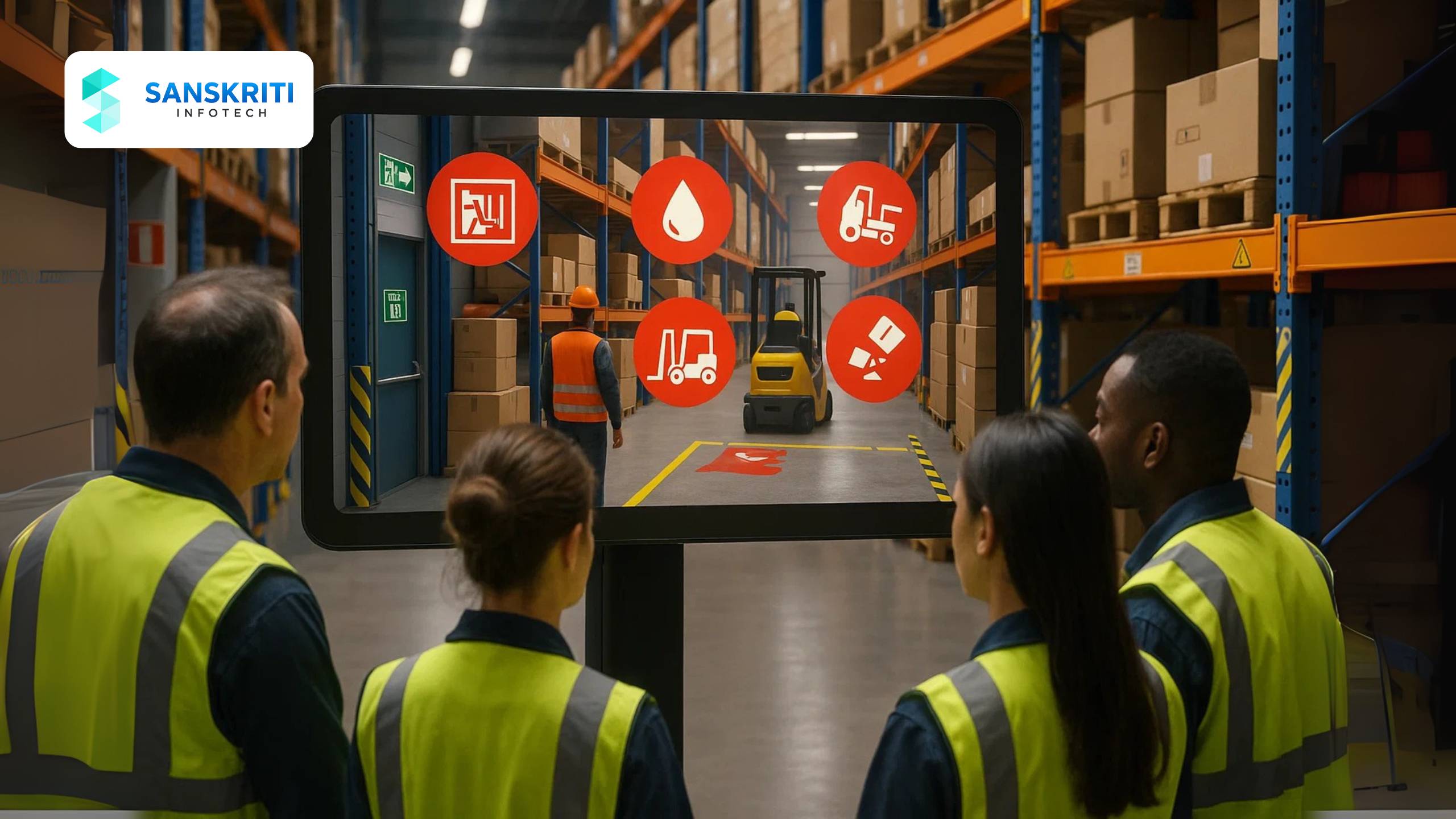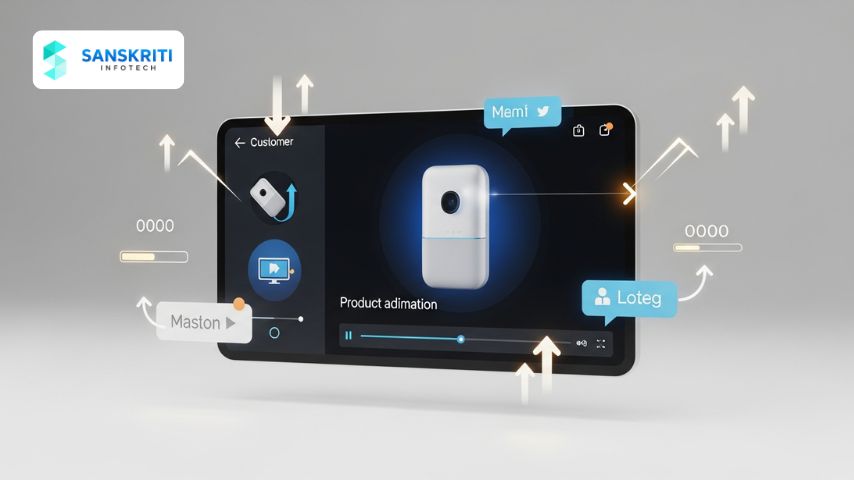Table of Contents
Introduction
Hazard identification training is an essential pillar of workplace safety—especially in logistics facilities where rapid movement, stacked goods, forklifts, and busy docks increase the likelihood of accidents. Yet, traditional training methods like manuals and lectures often fail to engage workers or help them retain safety-critical information.
That’s where 3D-animated hazard identification training stands out. It offers immersive, visual experiences that mirror real-world environments. Employees learn how to spot and respond to hazards through animated scenarios that simulate their actual work conditions.
This blog explores how 3D animation improves hazard identification training in logistics, why it’s more effective than static presentations, and how companies can roll it out for better safety performance.
The Importance of Hazard Identification Training in Logistics
Logistics facilities are dynamic workplaces—full of moving equipment, heavy inventory, and fast-paced coordination. Slip and trip hazards, falling objects, pallet collapses, traffic collisions, and manual handling risks are common. Without structured hazard identification training, employees may overlook these risks until it’s too late.
Training must go beyond lists of do’s and don’ts. Workers need to visually understand where hazards occur, how they evolve, and how to eliminate or report them effectively.
Why Traditional Methods Are Falling Short
Slide decks and classroom lectures may deliver information, but they rarely show what real hazards look like in context. Printed manuals are not site-specific and often become outdated. Moreover, employees forget as much as 50% of what they learn within an hour of passive learning sessions.
That’s a major risk in environments as active and high-risk as warehouses, sorting hubs, and distribution centers.
How 3D Animation Elevates Hazard Identification Training
3D-animated hazard identification training gives employees a visual map of danger zones and proper responses. Animations replicate your logistics site—including shelving systems, traffic lanes, and operational zones—and simulate specific hazards.
Examples include:
– A forklift near-miss at a blind intersection
– Overloaded shelving collapse
– Loose packaging on a high rack
– Chemical spill at the receiving dock
– Improper lifting techniques in picking zones
These visual scenarios help employees identify potential dangers early and reinforce good habits through repetition and realism.
Key Benefits of 3D Hazard Identification Training
a. Enhanced Retention & Recall
Visual learning improves retention by up to 80%, making it more likely that workers remember hazard cues in the field.
b. Increased Engagement
Immersive storytelling grabs attention and makes safety content stick.
c. Faster Onboarding
New hires grasp warehouse hazards faster through visual training than via reading or static instructions.
d. Multi-Language Support
Subtitles and voiceovers help break language barriers in diverse logistics teams.
e. Compliance & Audits
Training modules can be tracked digitally for compliance documentation and audit readiness.
Where to Use Hazard Identification Training in Logistics
– Receiving Docks: Spills, forklift traffic, stacked goods
– Storage Areas: Overloaded racks, unstable pallets
– Picking Zones: Lifting hazards, moving carts
– Shipping Areas: Trailer safety, congestion
– Battery Rooms or Chemical Storage: Leak detection, fire risk
Case Study: 3D Hazard ID Training at a Distribution Center
A major retail distribution center implemented custom 3D-animated hazard identification training focused on:
– Identifying pallet stack issues
– Avoiding pinch points near conveyors
– Reporting blocked emergency exits
– Correct procedures for hazardous material handling
Within three months, safety incident reports increased by 42%—a sign of improved hazard awareness—and first-year employee injuries dropped by 29%.
Steps to Roll Out 3D Hazard Identification Training
– Step 1: Conduct a hazard mapping walkthrough of your site
– Step 2: Partner with a 3D safety animation expert
– Step 3: Design site-specific scenarios that reflect real risks
– Step 4: Add subtitles/voiceovers for multi-language teams
– Step 5: Deploy through your LMS and monitor engagement
Conclusion
Hazard identification training is the first defense against workplace injuries in logistics. By using 3D animation, companies make this training visually engaging, site-specific, and more memorable. This leads to better employee awareness, faster onboarding, and improved compliance across the board.
Sanskriti Infotech develops tailored 3D-animated hazard identification training for logistics hubs, warehouses, and distribution centers—helping safety officers modernize their safety programs.
📞 Contact us to transform your safety training with visual intelligence.






